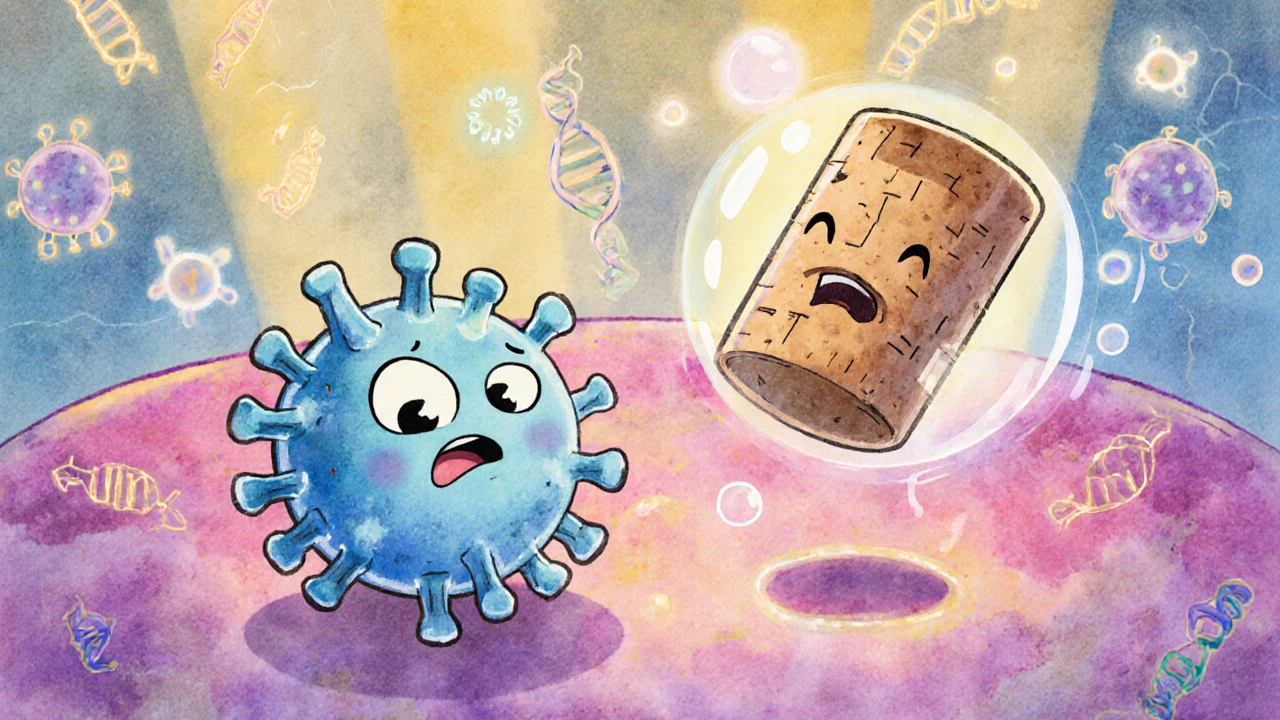Influenza A: Symptoms, Treatment, and What You Need to Know
When people talk about the influenza A, a highly contagious respiratory virus that causes seasonal flu outbreaks and occasional pandemics. Also known as Type A flu, it’s the strain behind most serious flu cases each year. Unlike the common cold, influenza A hits fast—fever, body aches, and exhaustion can show up overnight. It’s not just a bad day; it’s a virus that sends hundreds of thousands to hospitals in the U.S. alone every year.
Influenza A doesn’t stay the same. It mutates often, which is why last year’s vaccine might not protect you this year. That’s why health experts track its subtypes—like H1N1 and H3N2—closely. These subtypes are what make some flu seasons worse than others. If you’ve ever had the flu and felt like you were hit by a truck, that’s likely influenza A. It’s also the strain that caused the 2009 pandemic. Even if you’re young and healthy, it can still turn dangerous fast, especially if you develop pneumonia or struggle to breathe.
What helps? Antiviral drugs like oseltamivir (Tamiflu) or baloxavir can shorten the illness if taken within 48 hours of symptoms. But most people skip them, thinking rest and soup will do the trick. They might—but antivirals reduce your risk of hospitalization, especially for older adults, pregnant people, or those with asthma or heart disease. And yes, the flu shot still matters. It doesn’t guarantee you won’t get sick, but it cuts your chance of severe illness by up to 60%. If you’ve been told the vaccine doesn’t work, that’s a myth. It works better than most people realize.
People often confuse influenza A with COVID-19 or RSV. All three cause cough, fever, and fatigue. But influenza A tends to come on harder and faster. If you’re wheezing or your oxygen levels drop, that’s not just a cold. It’s time to get checked. Testing is quick and free at many clinics. Knowing you have influenza A means you can take steps to protect others—stay home, wear a mask, and avoid crowds.
Below, you’ll find real, practical guides on managing flu symptoms, what medications help (and which ones don’t), how to avoid complications, and what to do if you’re at high risk. Some posts cover how flu interacts with other conditions like asthma or heart disease. Others break down the science behind antivirals or explain why some people get sicker than others. No fluff. No guesswork. Just what works.
Amantadine was once a key flu drug but is now mainly used for Parkinson’s. Learn how it blocks influenza A, why resistance made it obsolete for flu, and how it still helps movement disorders today.

